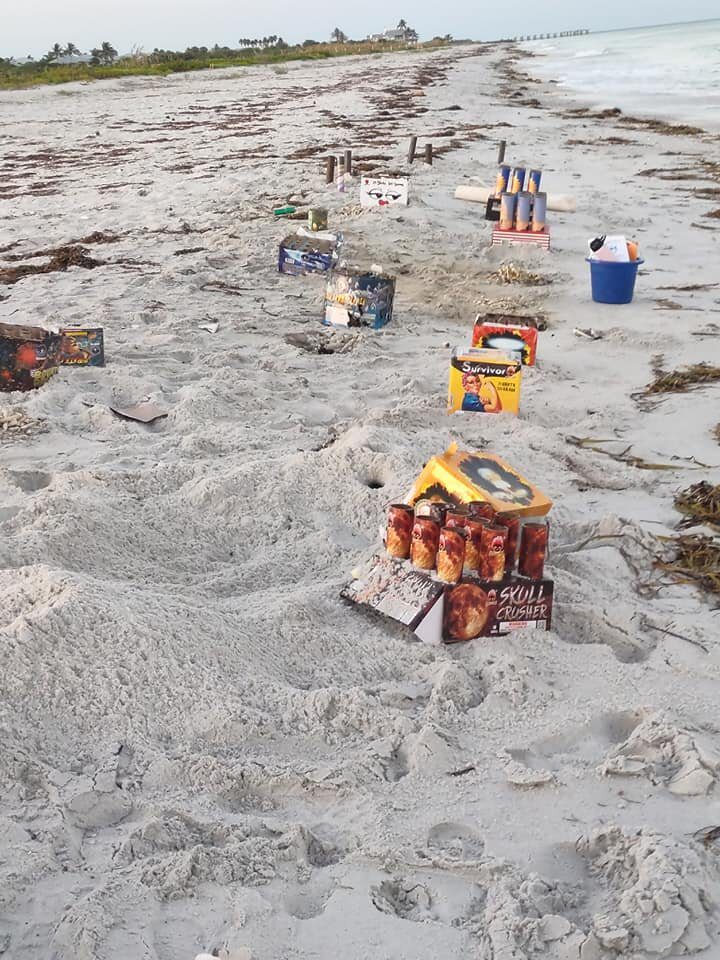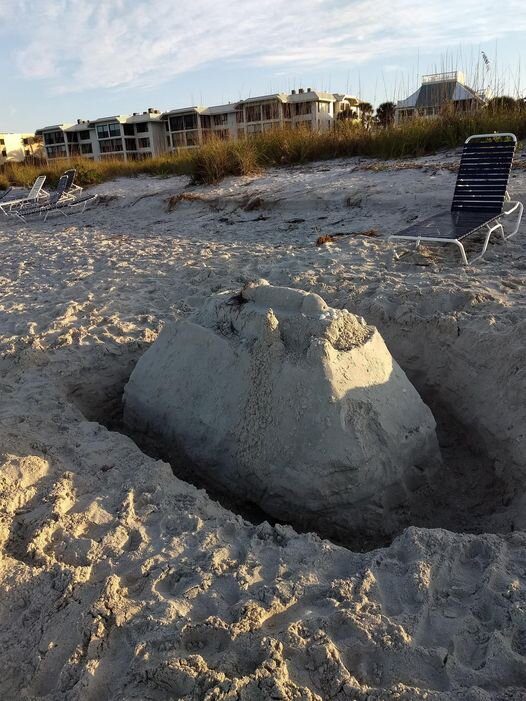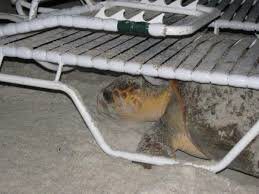TURTLE TRACKS: Beach trash needs to be looked at as a serious turtle hazard

As we head into peak nesting season, now is the time when sea turtle patrollers really come together and work hard as a team. There are multiple nests laid each day on eight different zones from the north to south end of the Island.
During this time of year, when people and sea turtles are sharing the beaches, it is crucial that we do everything that we can to protect these threatened and endangered species. Sea turtle hatchlings face a difficult journey to adulthood, with many natural and human-based threats standing in their way. On average, only one in 5,000 hatchlings will actually make it to adulthood.
Sea turtles are indeed beautiful, captivating creatures, and it is illegal to harm or harass them, their nests or hatchlings. It is also important to remember that sea turtles are protected by the U.S. Endangered Species Act of 1973 and Florida Statute Chapter 370.
The rate of “false crawls” increases whenever turtles come out onto the beach but are then frightened back into the water. Sea turtles are very nearsighted while on land. Seeing movement and flashing lights will impede their ability to come up and nest. As a result, fireworks will especially disorient turtles.
Fireworks are launched and explode, scattering litter across the sand and the water. Since they are set off in the dark, it is very difficult to find all of the scattered pieces once exploded. Hazards for nesting sea turtles also include beach furniture, bottles, cans, cigarette butts, snack bags/containers, and other single-use, disposable items that July 4th partiers leave behind.





Turtle numbers from
Gasparilla Island State Parks and Cayo Costa
Cayo Costa- 362 loggerhead NESTS,
3 green nests
GISPs- 36 loggerhead NESTS,
2 green nests
The litter left behind after the 4th of July also affects other marine life. It can easily injure shorebirds, fish, dolphins, manatees and turtles, because it is inevitable that some of them will consume some of this litter.
Did you know that sea turtles can become trapped and injured if they fall into a hole that is dug and left on the beach? In 2012, the Florida Fish and Wildlife Conservation Commission reported how a nesting turtle on a northeast Florida beach fell into a hole, broke its neck and died there.
Manmade holes present the biggest threat to new hatchlings. Beachgoers and visitors can help protect sea turtles and prevent accidents by filling in holes and collapsing sandcastles on the beach. Many people are not aware of some of these beach safety protocols, especially if they do not live in coastal environments. You can help our Florida wildlife by informing others about these safety tips to ensure everyone has a pleasant 4th of July. weekend.









